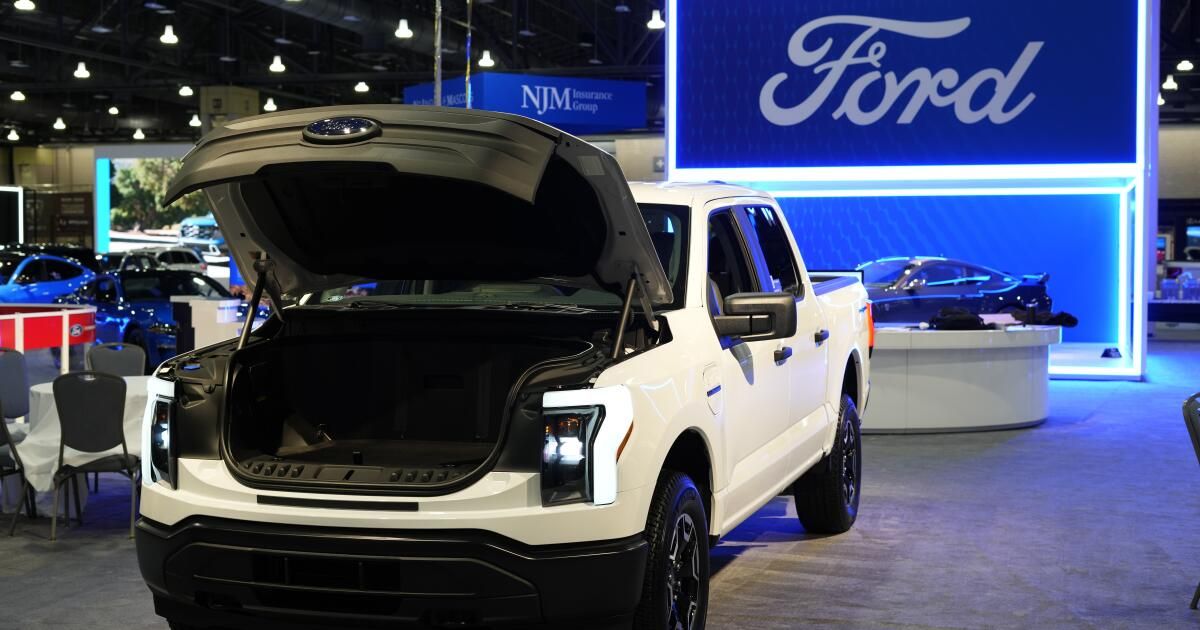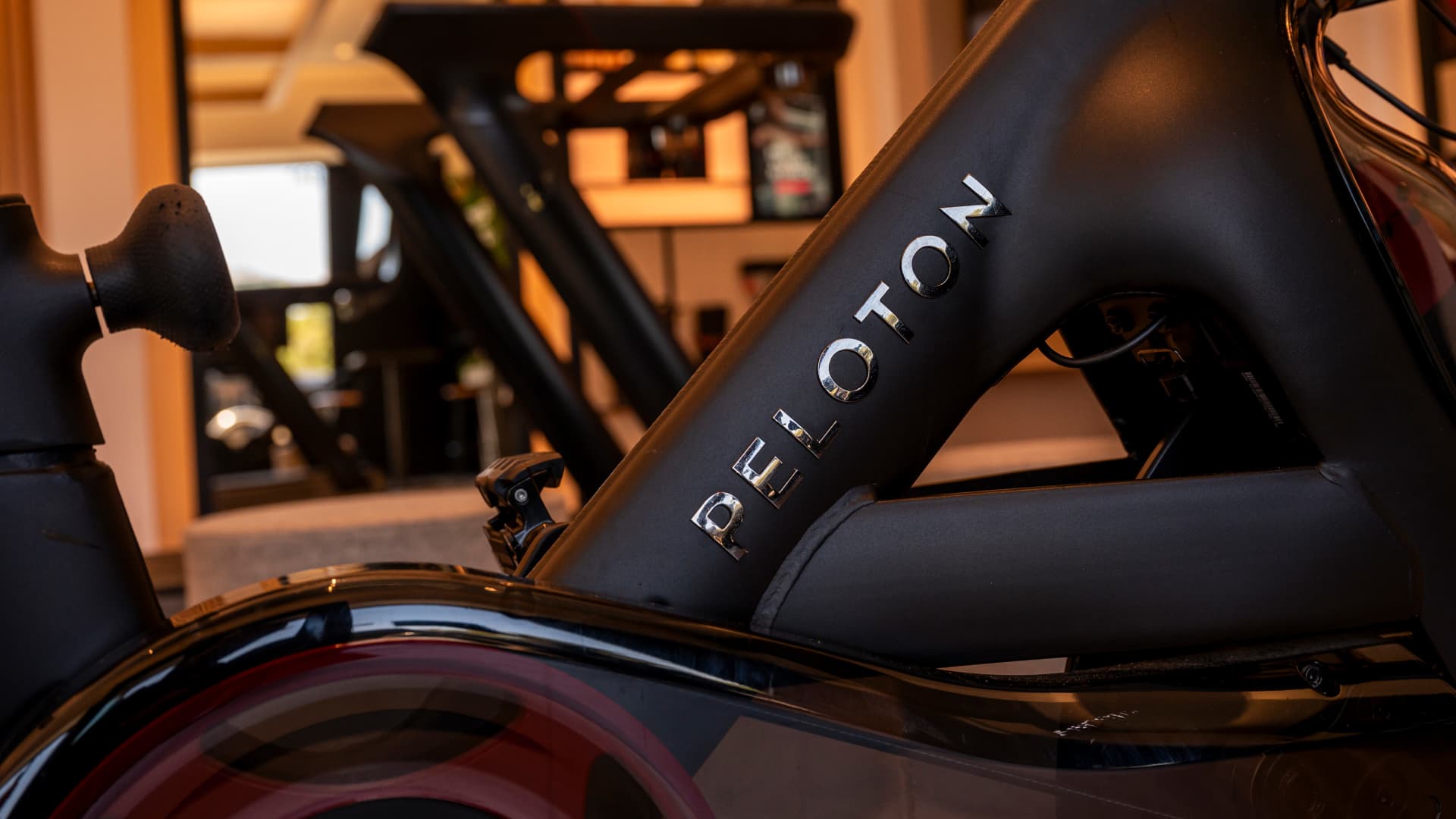Although President Biden is eager to accelerate the country's rapid transition to electric vehicles, he will subsidize the purchase of electric vehicles only if you buy them in the United States. And the options right now are slim.
The Biden administration on Monday released its list of electric vehicles that qualify for a full $7,500 federal tax credit. Of the more than 90 electric vehicle models available today, only 10 qualify and all are from American auto companies.
Eight are fully electric and two are plug-in hybrids.
They are:
- Chrysler Pacifica
- Ford F-150 Lightning Pickup
- Lincoln Aviator Gran Turismo
- Cadillac Lyriq
- Tesla model 3
- Tesla model Y
- chevrolet bolt
- Chevrolet Blazer
- Chevrolet Equinox
- chevrolet silverado pickup truck
There is an upper limit on the suggested retail price of $55,000 for the Chevy Bolt and Tesla Model 3. The limit is $80,000 for the rest. The Pacifica minivan and the Lincoln SUV are both plug-in hybrids.
Seven additional vehicles qualified for half credit, or $3,750:
- Ford Escape plug-in hybrid
- Ford E-transit
- Ford Mustang Mach-E
- Jeep Grand Cherokee plug-in hybrid
- Jeep Wrangler plug-in hybrid
- Lincoln Corsair Gran Turismo
- Tesla Model 3 standard range with rear-wheel drive
The first six must sell for less than $80,000 to qualify; Model 3, $55,000.
The average price of an electric vehicle sold in the United States was $58,725, according to Kelley Blue Book, compared to an average of $47,713 for all new cars.
Cars from Volkswagen, Hyundai, Kia, Nissan, BMW, Volvo and Rivian are no longer eligible. Those automakers' electric vehicles, under rules interpreted by the U.S. Treasury, do not source enough battery components or raw materials from North America to qualify.
California's complicated electric vehicle subsidy program remains in full effect. Depending on household income and several other factors, state rebates for a variety of vehicles can range from nothing to several thousand dollars, in addition to whatever the federal government offers.
According to the Alliance for Automotive Innovation, an industry group representing major automakers, there are more than 90 electric vehicle models available for purchase. The alliance has supported the shift to electric vehicles but has expressed frustration with the complicated and ever-changing requirements coming from the Biden administration.
John Bozzella, executive director of the alliance, said Monday that affordable electric cars are essential for mass adoption and that subsidies should be “widely available to as many customers and in as many electric vehicles as possible.”
How that will play out over the years is yet to be determined. Under the Inflation Reduction Act passed last year, electric vehicle manufacturers must use increasing amounts of parts and materials from North America, both for batteries and for the vehicles themselves. The vehicles must also be manufactured in North America.
Before the legislation, subsidies were widely available for almost all electric car models. Although the list of qualified models may increase as automakers adapt, Bozzella said the United States has probably reached the “peak level” for electric vehicle subsidies and will now be harder to get.
The strict American-made rules were included under pressure from Sen. Joe Manchin III (DW.Va.), whose support was essential to the bill's passage.
Automakers are spending billions to transition from internal combustion powertrains to battery electric systems, but the majority of batteries are made outside the U.S. The vast majority of materials used in production of batteries (nickel, cobalt, lithium and others) are extracted and processed. Also outside the United States, much of them in China.
As such, the home country sourcing requirements of the Inflation Reduction Act will be difficult to meet. Several new US-based battery factories have been announced, but whether supply will meet demand remains to be determined. Expanding the extraction and processing of raw minerals will take years, largely due to regulatory bureaucracy, a problem that some in Congress are trying to correct.
The longer it takes to produce batteries and raw materials on land, the shorter the list of vehicles that qualify for subsidies will be.
The new subsidy program goes into effect Tuesday.










